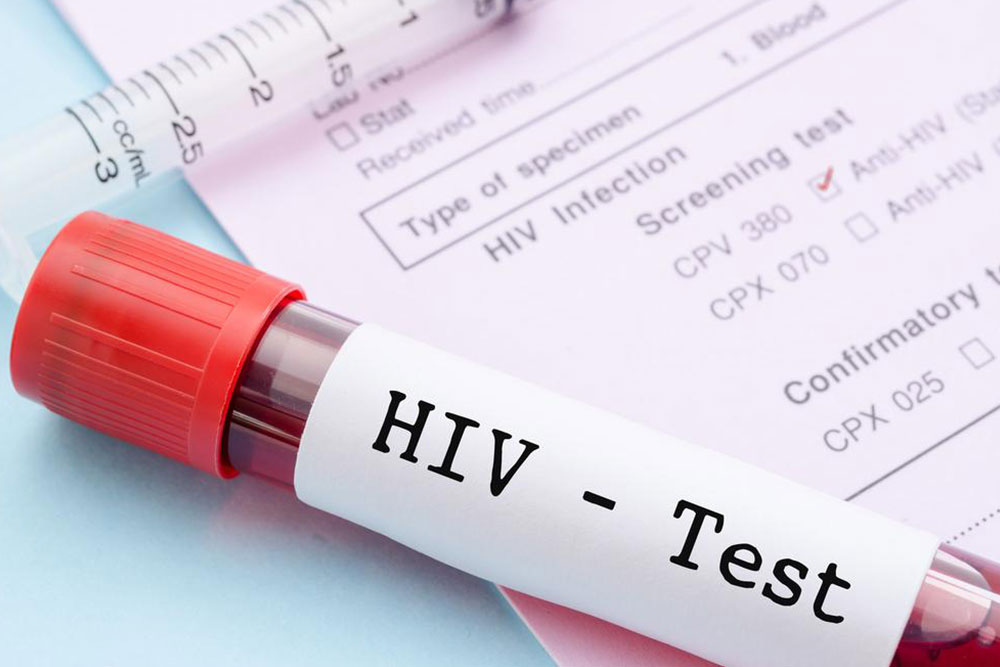Key Factors Behind Hepatitis B Infection Risks
Learn about the key factors contributing to Hepatitis B infection, including transmission methods, symptoms, and prevention strategies. This comprehensive overview emphasizes the importance of vaccination and safe practices to avoid infection. Understand how Hepatitis B spreads, its impact, and protective measures to ensure health safety. Stay informed to minimize risks and protect yourself and others from this serious liver disease.
Understanding the Main Causes of Hepatitis B
Factors Influencing Hepatitis B Transmission
Hepatitis B is a severe liver infection that can become chronic and pose life-threatening risks, unlike Hepatitis A. According to WHO data, only about 0.7% of the population is affected, largely thanks to effective vaccines that offer 98-100% protection. Once infected, individuals may experience either acute or long-term chronic hepatitis B. The acute form lasts under six months and improves over time with treatment, while chronic cases persist beyond six months and can lead to serious conditions like liver failure, cirrhosis, or cancer.

Although recovery from both forms is possible, some liver damage may be permanent. Adults tend to recover nearly fully, but children infected early may develop enduring health issues requiring ongoing care. Currently, there is no cure for Hepatitis B; prevention is key to avoid transmission. Typical symptoms include jaundice, fever, joint pain, nausea, loss of appetite, and fatigue. These can appear within one to two months, particularly in adults, whereas children might remain asymptomatic.
Primary Modes of Hepatitis B Spread
The virus is present in body fluids like blood and semen, transmitted through direct contact.
Mother-to-child transmission during childbirth, which can be prevented through vaccination—testing pregnant women is essential.
Horizontal transmission can occur when uninfected children under five are exposed to infected blood, increasing the risk of long-term chronic illness.
Needlestick injuries—common among healthcare workers, medical procedures, or drug users sharing needles—are a significant transmission route.
Unsafe sexual contact with infected partners can facilitate virus spread.
Rarely, infection may occur through contaminated blood during surgeries or medical procedures.
Hepatitis B survives outside the body for up to a week, making careful precautions vital. Vaccination remains the most effective prevention method to safeguard against infection.










